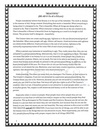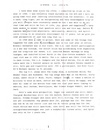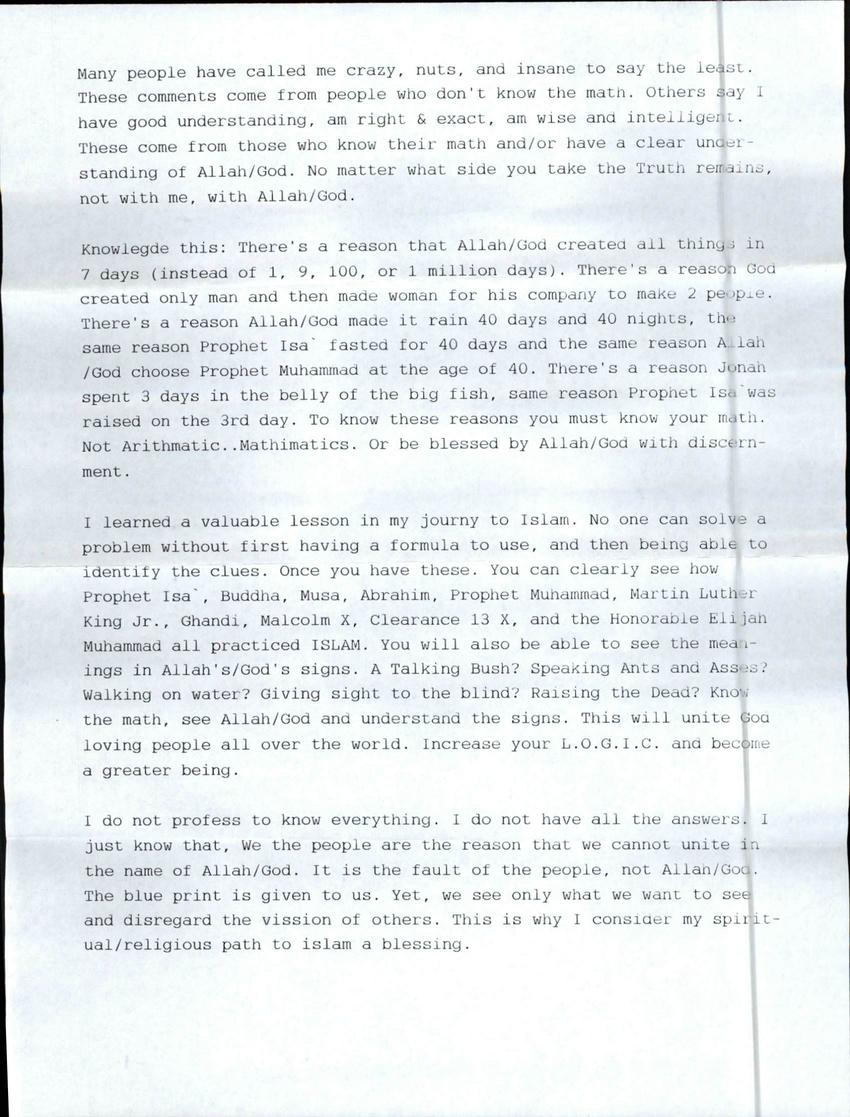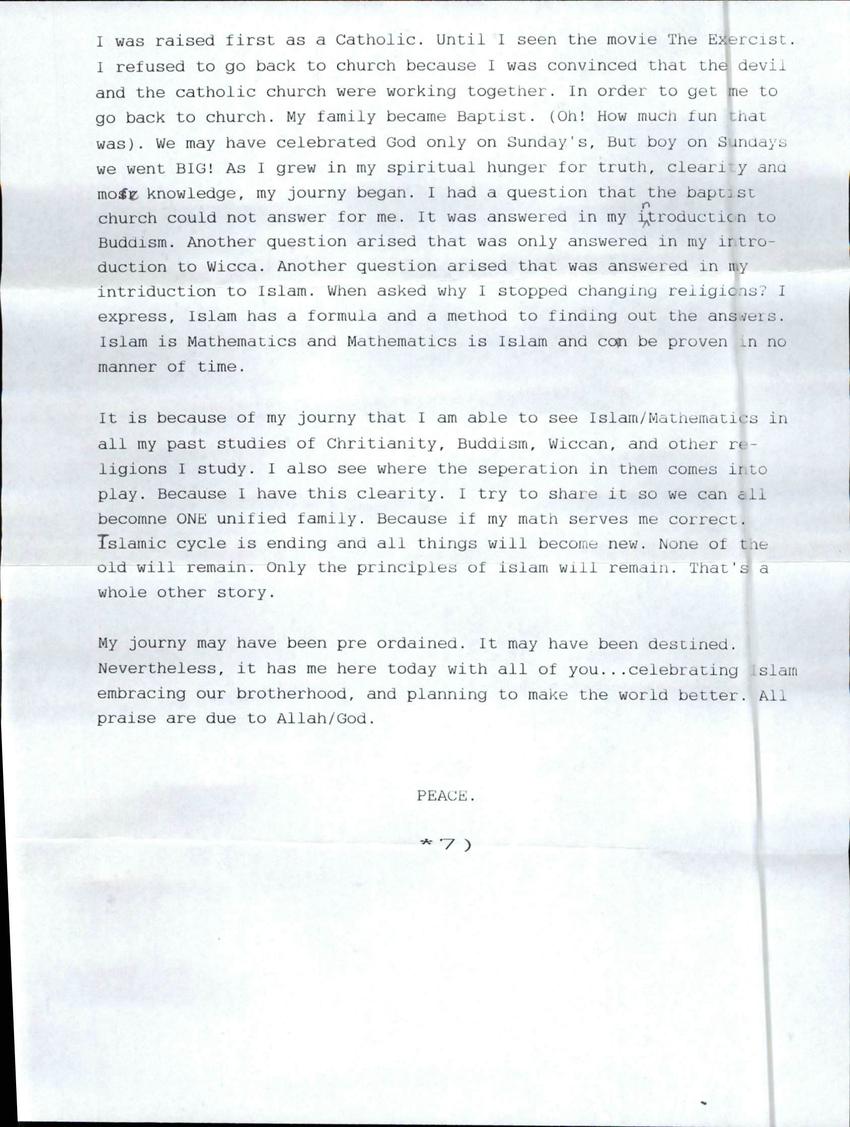uploaded Nov. 29, 2014.
Original (PDF)

Other posts by this author
|
2015 nov 19

|
2015 nov 19

|
2015 may 19

|
2015 jan 5

|
2014 dec 22

|
2014 dec 22

|
More... |




Replies (1)
As a plantation colony, Suriname was still heavily dependent on manual labour, and to make up for the shortfall, the Dutch brought in contract labourers from the Dutch East Indies (modern Indonesia) and India (through an arrangement with the British). In addition, during the late 19th and early 20th centuries, small numbers of labourers, mostly men, were brought in from China and the Middle East. Although Suriname's population remains relatively small, because of this history it is one of the most ethnically and culturally diverse countries in the world.
On 23 November 1941, under an agreement with the Netherlands government-in-exile, the United States occupied Suriname to protect bauxite mines. In 1942, the Dutch government-in-exile expressed a desire to review the relations between the Netherlands and its colonies after the end of the war. In 1954, Suriname became one of the constituent countries of the Kingdom of the Netherlands, along with the Netherlands Antilles and the Netherlands. In this construction, the Netherlands retained control of defense and foreign affairs. In 1973, the local government, led by the NPS (a largely Creole, meaning ethnically African or mixed African-European, party) started negotiations with the Dutch government leading towards full independence, which was granted on 25 November 1975. The severance package was very substantial, and a large part of Suriname's economy for the first decade following independence was fueled by foreign aid provided by the Dutch government.
The predominant religion in the country is Christianity (48.4% in 2012),[40] both in the form of Roman Catholicism and various denominations of Protestantism, the Moravian Church being the oldest and largest; it is particularly dominant among Creoles. Many Maroons practice Winti, an Afro-American religion. Hindus form the second largest religious group in Suriname, comprising 22.3% of the population.[40] The Indian-descended population practices predominantly Hinduism, or in minority Islam. The Javanese practice either Islam or, a small minority, Javanism. Muslims constitute 13.9% of the population of Suriname.
xx ju